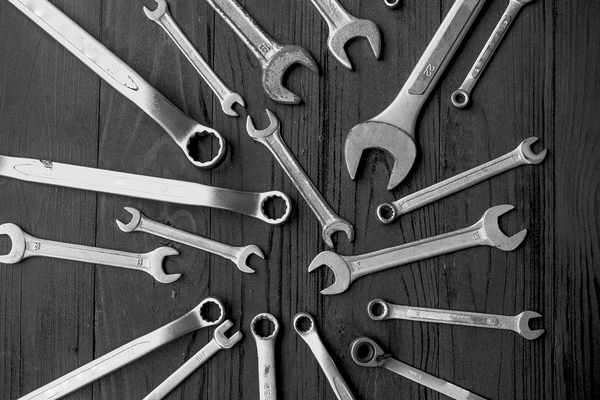You are viewing 1 of your 1 free articles
Association repairs spending dips for second year running
Housing associations cut back expenditure on repairs and maintenance for the second year running in response to the government’s enforced 1% a year rent cut, exclusive Inside Housing analysis reveals.
Data from the English regulator’s global accounts reveals that expenditure by associations with more than 1,000 homes dipped 1.7% to just below £3.2bn in 2016/17.
Our analysis looked at expenditure figures for routine and planned maintenance and major repairs that impact on landlords’ bottom lines.
The biggest percentage fall was in major repairs expenditure, which fell 11.3%, from £524.5m in 2015/16 to £465.5m in 2016/17.
Spend on routine maintenance (day-today repairs reported by tenants) dropped by 1.5% to just under £1.9bn from £1.93bn in 2015/16.
North Hertfordshire Homes recorded the biggest overall drop in expenditure – at 54%, from £8.3m to £3.8m.
Its annual report indicates that it took a number of steps to cut spend, including introducing a flat salary for operatives, rather than rates for jobs done. It says this “helped to contribute towards a continued decline in the overall number of jobs being raised”.
A number of associations have also been looking at cutting back on the types of day-to-day repairs they will carry out.
Richard Medley, managing director of Housing Dynamics and co-chair of the Chartered Institute of Housing’s (CIH) new assets and repairs 2020 group, said the compulsory 1% a year rent cut had been a key driver of behaviour.
He said landlords had been having conversations with customers about “whether they need to perhaps pull back on some of the things they might previously have done”. Organisations have a dilemma that this might impact on customer satisfaction ratings, he added.
Landlords have also got better at using data and asking why some customers “are receiving 20 or 30 repairs a year” to their homes – and then working to find solutions.









